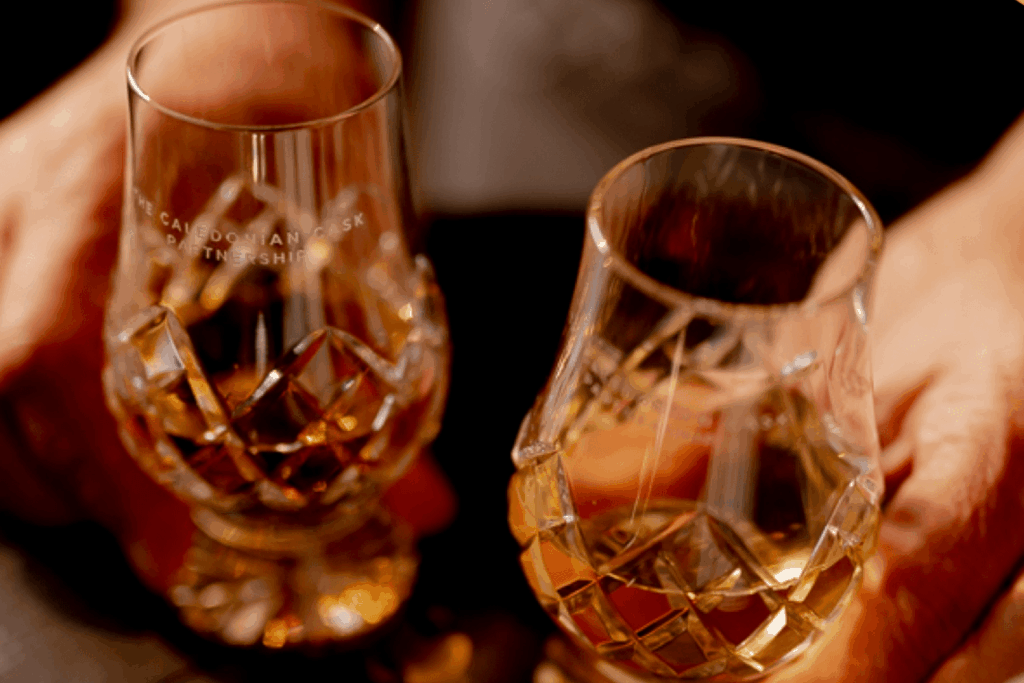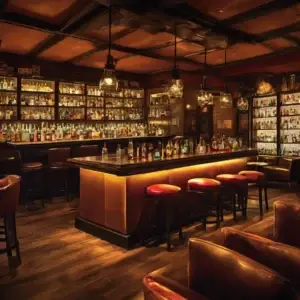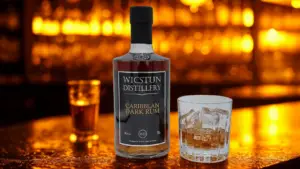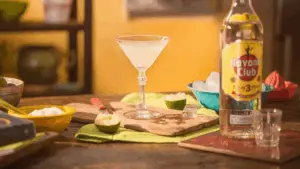In the world of fine spirits, the saying “it’s all in the barrel” is more than a figure of speech. It is the truth that separates the good from the extraordinary. Distillation lays the foundation, but aging in wood gives a spirit its depth, warmth, and soul. Increasingly, distilleries around the world are forming collaborations with master cooperages, winemakers, and even rum or cognac producers to craft spirits that reflect both artistry and heritage. These cask partnerships represent one of the most fascinating evolutions in modern spirit-making.
The Role of the Barrel in Defining Character
The barrel is far more than a vessel for aging. It is an active ingredient, shaping color, aroma, and texture through a slow alchemy between spirit, wood, and air. As the liquid rests, it expands and contracts with temperature changes, drawing out vanillins, tannins, and natural sugars from the oak. Over time, this interaction transforms the raw distillate into something layered and expressive. The result depends not only on the type of wood but on the cask’s previous life, whether it once held bourbon, sherry, wine, or rum. Each contributes its own story, leaving a distinct fingerprint on the final spirit.
Beyond Bourbon: The Rise of Global Cask Finishes
Whisky producers have long relied on ex-bourbon barrels for their consistency and gentle sweetness. Yet in recent decades, distillers have pushed beyond tradition, experimenting with casks that once held fortified wines, fine reds, or exotic spirits. The outcome is not just innovation for novelty’s sake, but a creative exploration of flavor and identity.
One of the most celebrated examples comes from The GlenAllachie Distillery in Scotland, where master blender Billy Walker has pioneered finishes in ex-Bordeaux, Rioja, and Sauternes wine casks. The partnership with select châteaux in Bordeaux and Saint-Émilion produces whiskies with notes of dark berries, toasted oak, and subtle spice. The influence of the wine is never dominant, but it enriches the whisky with a sense of narrative, an echo of vineyards and vintages translated through barley and oak.
Cross-Cultural Collaboration in Cask Craft
Across the globe, distillers are embracing similar collaborations that blend cultures and traditions. In Ireland, distilleries like Teeling and Redbreast have turned to ex-rum and port casks to infuse tropical sweetness or deep, jammy richness into their whiskies. In Japan, the use of Mizunara oak, native to Hokkaido and Honshu, has become a national signature. These rare casks impart delicate aromas of sandalwood, coconut, and spice, the result of a unique porous grain structure found nowhere else on earth.

Each collaboration requires precision and care. Casks are custom-charred to the distiller’s specification, transported under controlled humidity, and often aged in microclimates chosen for their subtle atmospheric qualities. The relationship between the distiller and cask supplier is one of mutual respect, a partnership where patience, chemistry, and artistry converge.
A Global Conversation in Wood and Spirit
What makes cask partnerships truly remarkable is their ability to bridge cultures. A whisky aged in a Port pipe from Portugal or a cognac cask from France carries within it the legacy of two different crafts. It becomes a dialogue between regions, a union of flavor traditions that transforms a single bottle into a shared story. In each case, the wood holds more than spirit; it holds history.
These collaborations also highlight how sustainability and craftsmanship intersect. Many distilleries now work directly with cooperages to source wood responsibly and recycle casks through multiple lifecycles. This approach preserves both natural resources and artisanal knowledge, ensuring that the ancient skill of coopering continues to evolve alongside modern distillation.
The Journey of the Barrel
Every cask tells its own story. From the oak forests of Kentucky and the vineyards of France to the humid cellars of Japan, barrels travel vast distances before reaching a distillery’s warehouse. Once filled, they rest quietly, allowing time to weave its magic. Some spirits age for decades, absorbing trace elements of climate and character. When finally bottled, what emerges is not simply a product but a collaboration between nature, geography, and human ingenuity.
To understand this journey is to appreciate that great spirits are never made in isolation. They are born from the intersection of creativity and tradition, from the craftspeople who shape both the wood and the liquid within it.
The Art That Lives Within the Barrel
For the Barlist community, cask partnerships represent more than innovation, they embody the shared artistry that defines fine spirits. Each bottle born from such collaboration is a celebration of patience, knowledge, and trust between makers. The next time you pour a whisky finished in rum, port, or Bordeaux casks, pause to imagine the hands that built the barrel, the vineyards that filled it, and the distillers who gave it new life. Within that glass lies a world of craftsmanship, quietly telling its story through the language of wood.


